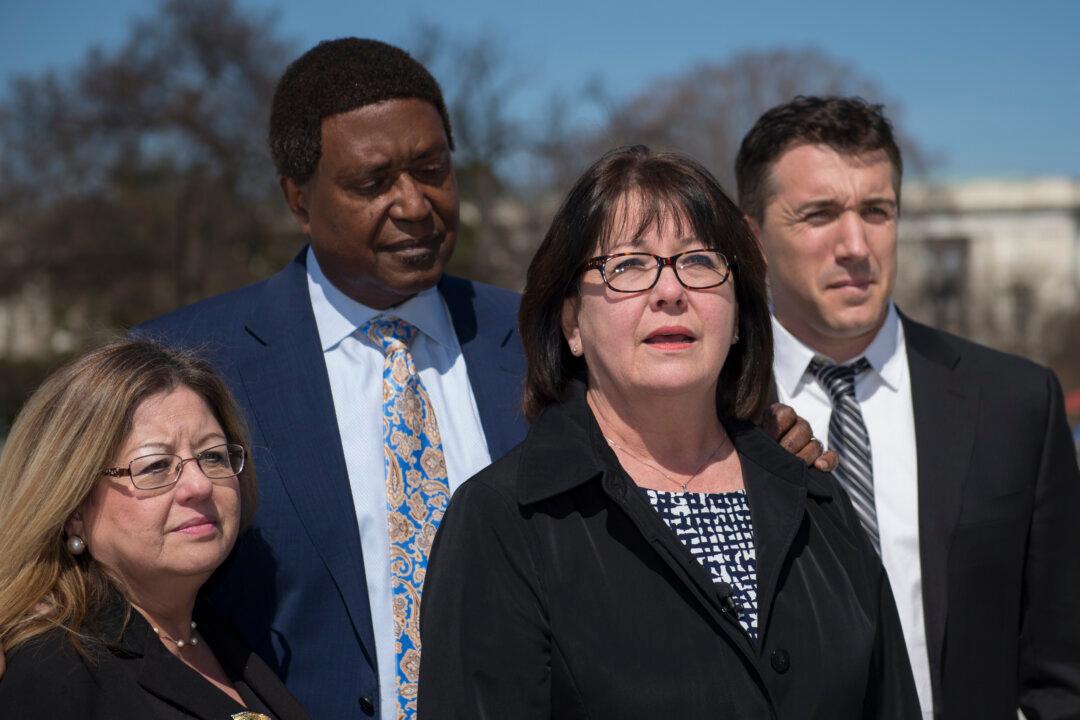The U.S. Supreme Court heard oral arguments Monday in a case that will determine whether the Americans with Disabilities Act (ADA) requires police officers to accommodate people with mental illness when arresting them.
The case began in San Francisco in 2008, when Teresa Sheehan, who was diagnosed with schizoaffective disorder, threatened to kill a social worker employed in the group home she lived in. The social worker called in police, who shot Sheehan five times after she came at the officers with a knife, according to court documents.
Sheehan survived the incident and later filed suit against the city, charging that the police should have taken into account her mental illness and diffuse the situation without injuring her.
A federal district court threw out the case, but the Ninth Circuit Court of Appeals ruled that the ADA did in fact apply to police arrests, and that “the officers failed to reasonably accommodate Sheehan’s disability” when they did not attempt to resolve the confrontation peacefully.





